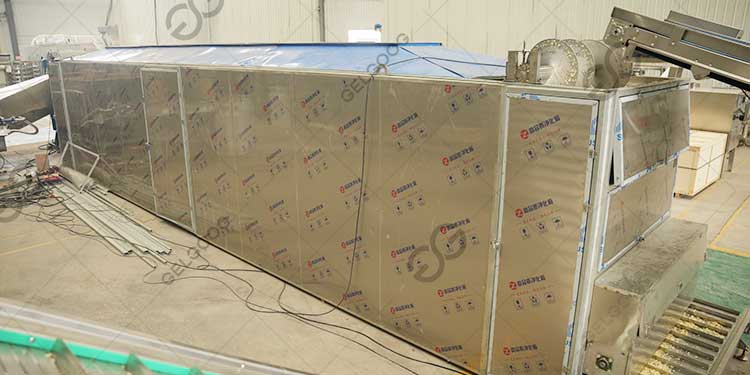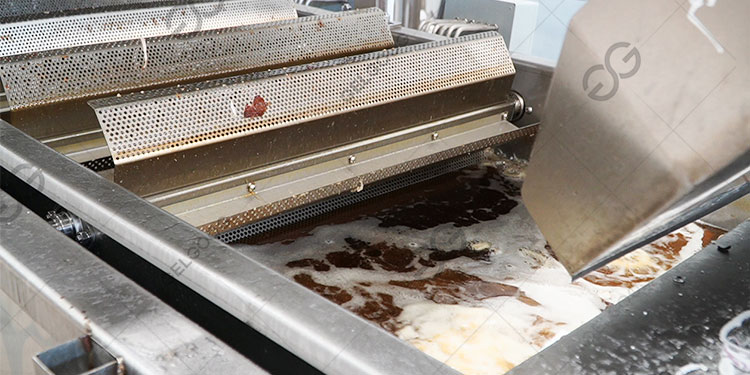
Commentary of Garlic Drying Temperature
Reasonable drying temperature is a key factor in determining the quality of dried garlic. It not only affects the color, flavor and nutritional retention of the finished product, but is also directly related to the quality and economic value of the product. So what are the garlic drying temperature?
Garlic drying temperature:
The common methods for drying garlic are hot air circulation dryers or continuous mesh belt drying machine. These devices can achieve precise control of temperature, humidity, wind speed, etc.
The commonly recommended garlic drying temperature range is as follows:
Initial stage (preheating and dehydration): the temperature is controlled at 50~55℃
At this time, the moisture content of garlic is high, and a lower temperature should be used for slow dehydration to avoid rapid drying of the surface and difficulty in draining the internal moisture.
Mid-term stage (rapid dehydration): the temperature can be raised to 60~65℃
After the moisture drops to a certain level, the temperature can be appropriately increased to speed up the dehydration speed and improve production efficiency.
Late stage (uniform drying): the temperature is appropriately reduced to 50~55℃
After entering the final stage, it is necessary to prevent over-drying or browning to ensure that the garlic slices have a natural color and pure flavor.
The ultimate goal is to control the moisture content of garlic between 6% and 8% to facilitate storage and subsequent processing.
The importance of garlic drying temperature control:
Temperature control during the drying process is a key link in the entire process and affects the quality of the finished product:
Ensure product color: High temperature can easily cause garlic to turn brown or yellow, affecting the appearance quality. By reasonably controlling the temperature in stages, the original white or milky white color of garlic can be retained, improving market competitiveness.
Retain nutrients: Garlic is rich in allicin, vitamins and other ingredients, and high temperature will cause these active ingredients to volatilize or be destroyed.
Improve drying uniformity: If the temperature is not properly controlled, it may lead to uneven drying inside and outside, causing some garlic slices to return to moisture, mold, and quality deterioration, and even affect the qualified rate of the entire batch of products.
Only by scientifically setting the temperature range, reasonably controlling the temperature in stages, and combining comprehensive adjustments with parameters such as wind speed, humidity, and loading thickness can we ensure that the garlic retains its original flavor and nutrition while maximizing the drying efficiency.


Leave a Reply